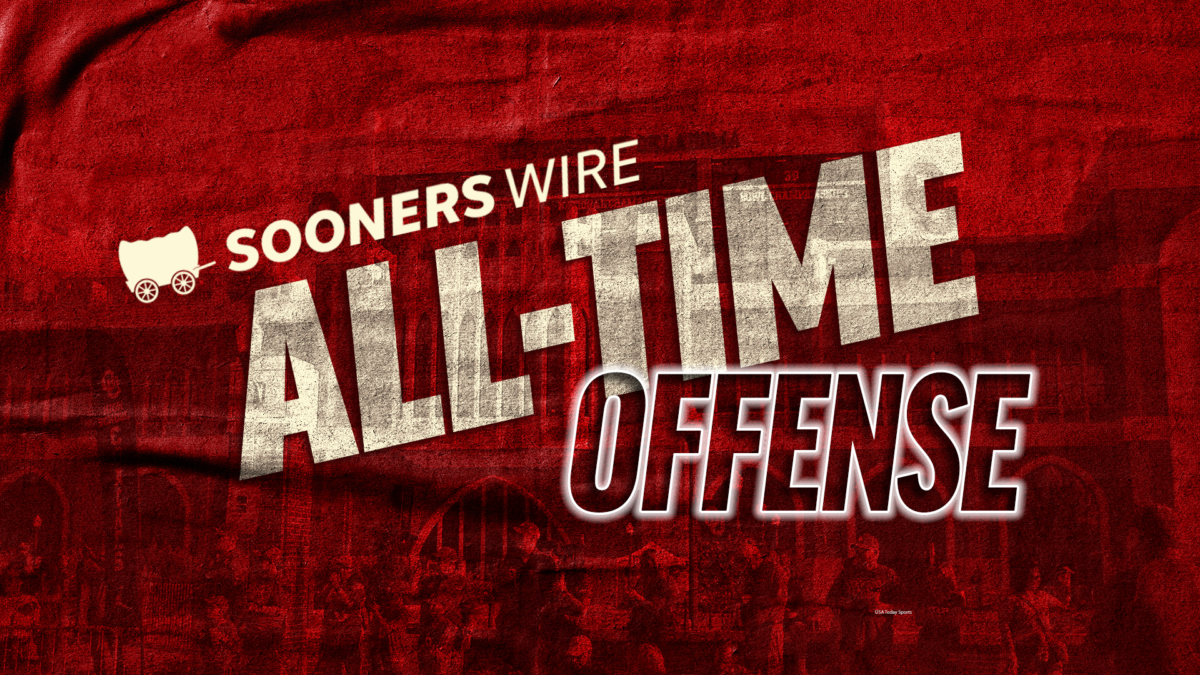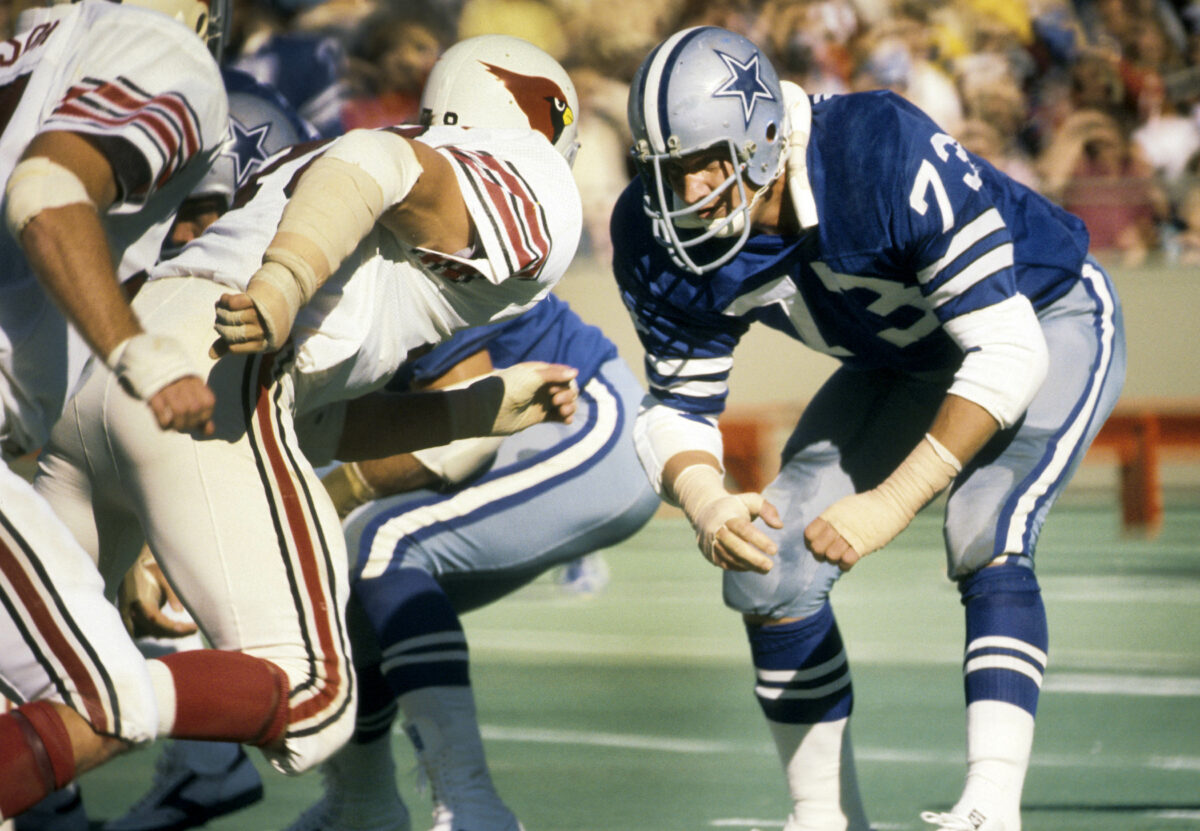R.I.P. Ralph Neely, a four-time All-Pro at left tackle who moved to the right side to make way for eventual Hall of Famer Rayfield Wright. | From @ToddBrock24f7
The Cowboys have lost another integral member of the 1970s dynasty. Offensive lineman Ralph Neely has passed away, less than a week after his former Dallas teammate Dan Reeves.
Neely’s 13-year career included the Cowboys’ first four Super Bowl appearances; the team’s dominating win over Denver in Super Bowl XII was his final game as a pro. And while Neely is less celebrated than many Cowboys from that same era, Neely’s contributions to the early years of the franchise- and the unique part he played in the merging of two rival leagues- are worth remembering.
Neely starred for the Oklahoma Sooners on both offense and defense. A sought-after prospect coming out of college, the All-American was a second-round draft pick in November 1964 of both the NFL’s Baltimore Colts and the Houston Oilers of the AFL. He signed with Houston, as the Arkansas native preferred to play in the South. Houston’s offer also included a real estate job and ownership rights to a local to-be-built gas station (in the days when players routinely needed offseason jobs and pursued non-football business opportunities), but Neely asked that his signing be kept quiet to allow him to play in his college team’s bowl game in January. Word of Neely’s deal did get out due to how the contracts were dated, and he (along with future Cowboys wide receiver Lance Rentzel) were declared ineligible for the 1965 Gator Bowl.
Meanwhile, the Colts had traded Neely’s NFL rights to the Cowboys. That news- plus the belief that the Oilers had been to blame for the Gator Bowl debacle- caused him to reconsider his options. He entered into negotiations with Dallas, returning his contract papers and $25,000 bonus check to the Oilers. A bitter lawsuit erupted between the two teams.
After an outstanding first season that saw Neely named to the NFL’s All-Rookie Team as the Cowboys’ right tackle, the NFL and AFL began the process of merging the two leagues. One of the sticking points, incredibly, was Neely’s flip-flop from the Oilers to the Cowboys. The two Texas franchises settling their courtroom war would be a requirement for the merger to move forward.
The Cowboys were forced to send four draft picks to the Oilers and pay all associated court costs. They also agreed to a series of preseason games against Houston- in the brand-new Astrodome- as a way to help buoy the struggling franchise’s attendance numbers. The Cowboys and Oilers competed for what was eventually named The Governor’s Cup, but for those first few years after the ruling, it was colloquially called “The Ralph Neely Bowl.”
On the field, Neely was a force, good enough to later be named to the NFL’s 1960s All-Decade Team. He moved from right tackle- where he was a two-time Pro Bowler and four-time All-Pro- to right guard to cover for an injured teammate, then switched again to left tackle as Rayfield Wright came to prominence on the right side in 1970.
“It was one of the great sacrifices in sport,” Cowboys president and general manager Tex Schramm said years later. “Ralph moved to the left side because we needed it. There’s no question that, to some extent, it hampered his effectiveness. He made a great contribution, but he was never quite the same on the left side.”
Though the individual accolades didn’t follow Neely to his new position, he nevertheless helped guide the Cowboys to four Super Bowl appearances in his final eight seasons.
Over his 13 seasons with the Cowboys, Neely started 168 games, a mark that still places him 11th in franchise history.
Neely was 78 years old.
[listicle id=690255]
[listicle id=690188]
[listicle id=690105]
[lawrence-newsletter]

